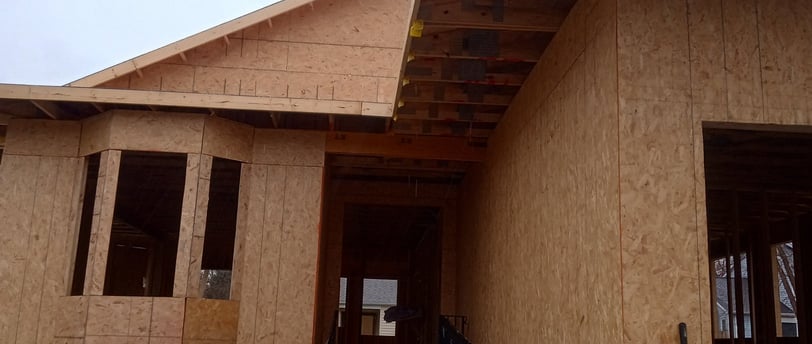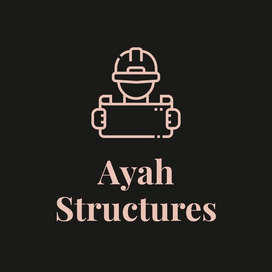Ensuring Structural Safety: A Case Study of Load Path Inspection
Importance of Lateral Bracing In New Construction
Elias Aragaw, P.E.
11/26/20242 min read


At Ayah Structures, we understand the importance of a sound load path in ensuring the structural integrity of residential buildings. Recently, we conducted a load path inspection for a single-story home, uncovering several critical deficiencies that required immediate attention. These findings highlight common issues homeowners may face and the solutions needed to meet the requirements of the International Residential Code (IRC).
One of the most significant deficiencies identified was the improper construction of the garage portal frame. The anchor bolts, essential for securing the frame to the foundation and resisting uplift and lateral forces, were missing. Additionally, the foundation wall where these bolts were to be installed had visible cracks that needed repair. Without addressing these issues, the home’s stability under wind or seismic forces could be compromised. Per IRC R403.1.6 and R403.1.3.2, we recommended repairing the foundation cracks and installing anchor bolts at the correct spacing and depth.
Another issue involved loose OSB panels on the shear walls due to improper nailing and insufficient edge distances. Proper fastening of structural panels is critical for resisting lateral forces, as outlined in IRC R602.10.4. Additionally, the mudsill in the garage had masonry nails spaced farther apart than allowed, further weakening the connection between the framing and the foundation. We advised re-nailing the OSB panels and securing the mudsill with the correct nail spacing to restore the structural load path.
The inspection also revealed inadequacies in the garage opening’s LVL beam splice, which was held together by nails only. LVL beams are engineered wood products that require precise connections to ensure proper load transfer. To comply with IRC R602.7.1, we recommended reinforcing the splice with steel plates and through-bolts, as specified by a licensed structural engineer. Additionally, narrow walls near windows lacked adequate bracing, and the gable end walls required lateral bracing, both of which are crucial for resisting wind loads per IRC R602.10.6.4 and R602.10.2.2.
This inspection serves as a reminder of how seemingly minor issues can compromise the safety and durability of a home. At [Your Company Name], we specialize in identifying and addressing structural deficiencies to ensure your home is both safe and compliant with building codes. If you suspect your home’s load path may need attention, contact us today for a comprehensive inspection and professional guidance. Protecting your home starts with a solid foundation—and we’re here to help every step of the way.
Innovative
Design, inspections, expert, foundation, analysis, retrofitting, assessments, expertise
Excellence
© 2024. All rights reserved.






